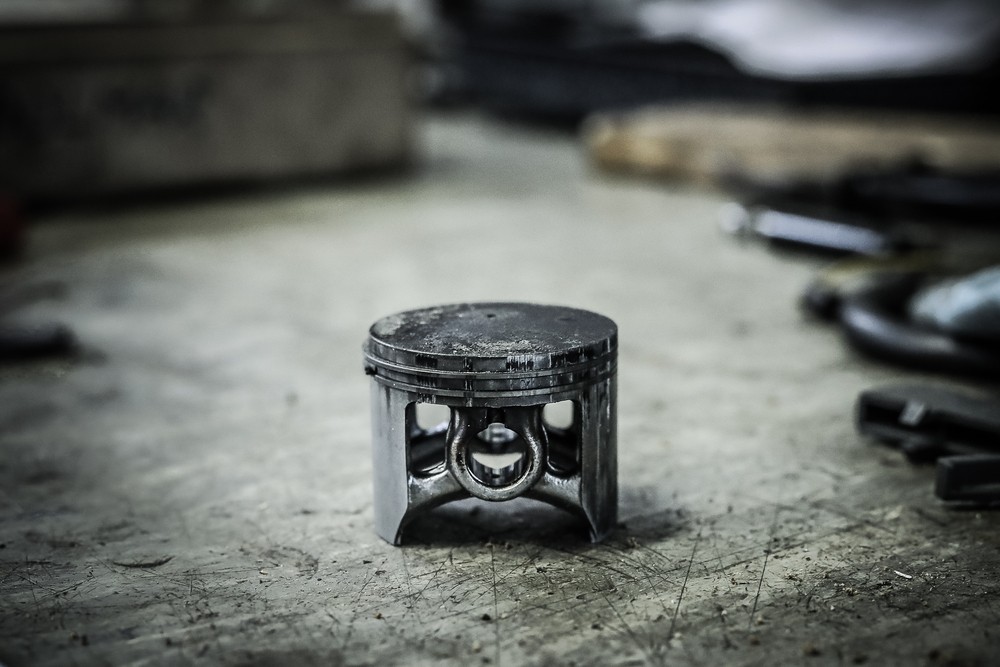Keep a Close Eye on Piston Scuffing to Prevent Scoring and Seizing

We talk a lot about friction and mechanical wear. It’s no secret friction is a killer, and it’s a never-ending battle to reduce and eliminate it. Part of that battle is paying attention to the signs and symptoms of its presence, catching them before they result in downtime. It’s not always easy, but when it comes to friction damage to pistons, the presence of scuffing is a call to action.
What to look for
Piston scuffing occurs on the cylinder and can be easy to miss with just a quick inspection. Light scuffing is sometimes confused with the grain of the stainless-steel finish or a trick of the light. It’s best to rotate the piston slowly under a low light that’s directly above, looking for glare distortions. Scuffing appears as light striations on the cylinder, usually clustered around the same area.
What does “scuffing” mean?
Scuffing means friction, albeit a small amount. Scuffing is generally an indication that the piston tolerance has changed, and that the piston itself is gently catching the valve wall as it moves. Common causes include damaged piston rings, improper lubrication, and abnormal temperatures. Scuffing may occur at a certain RPM threshold or at a variable stroke rate ― whatever the case, it needs correction immediately.

What happens if it’s left unchecked?
Scuffing leads to scoring, which is deeper, more severe scratching in the piston. Scoring is an advanced stage of scuffing that signals much heavier levels of friction. Scoring usually occurs when one or more piston rings fail and the minor level of movement is allowed between the piston and valve wall. Whereas scuffing is hard to see and easily missed, scoring is easily visible and may even include discoloration.
Left unchecked, scoring eventually culminates in a seized piston. A seized piston will have scoring across the entire surface, indicating constant friction during operation. It’s likely all of the piston rings are damaged and improper lubrication is present. Seized pistons corrode and warp due to friction, eventually causing total machine failure after they crack. The most common types of piston seizing are four-corner seizing and multi-point seizures.
Scuffing isn’t the only sign
Piston scuffing can be hard to spot, especially if there’s not a full disassembly and rebuild scheduled for the engine. In other circumstances, the piston head may show symptoms that alert you to potential scuffing.
An ash discoloration on the piston head indicates the piston has been running hot. Scuffing or scoring is likely present due to high operating temperatures. Debris in the combustion chamber may result in friction markings on the head, which ensures a similar impact on the cylinder body itself. A blackened piston head indicates blow-by gas or a piston head leak, which requires replacement.
If not remedied, piston scuffing and affiliated problems (scoring and seizing) lead to much bigger problems ― namely shattered skirts and snapped rods due to tolerance issues. Friction creeps in for all types of reasons. Becoming familiar with types of scuffing, scoring, seizing, and piston head wear are a great way to prevent total failures and downtime.
